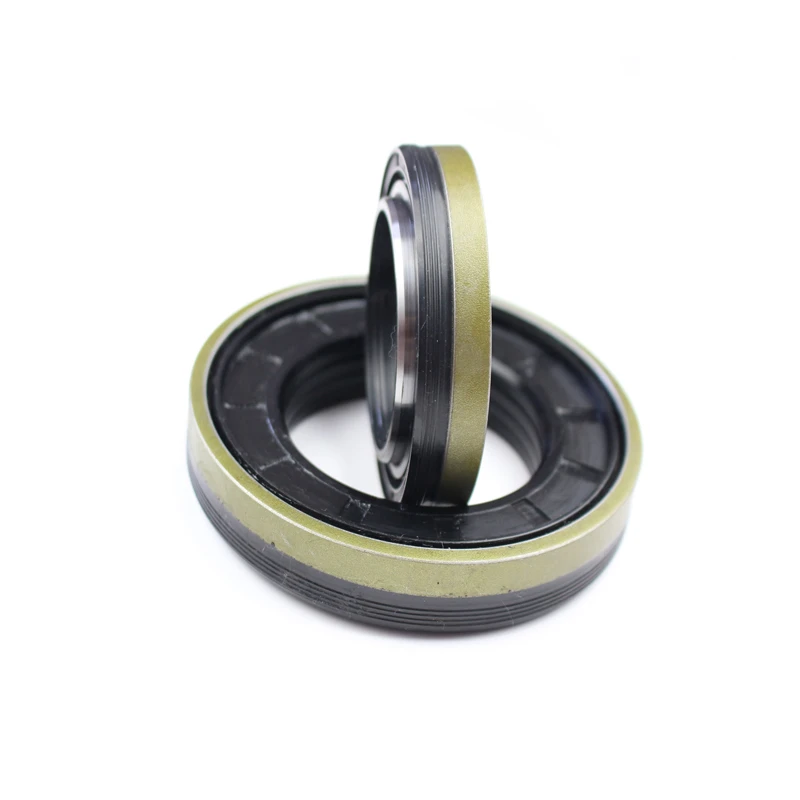Exploring Various Kinds of Oil Seals and Their Applications in Industrial Settings
Different Types of Oil Seals
Oil seals, also known as lip seals or rotary seals, are critical components used in various machinery and equipment to prevent the leakage of oil and other fluids while ensuring that contaminants do not enter the system. Their design and material composition are vital for maintaining the efficiency and longevity of machinery. In this article, we will explore the different types of oil seals, their applications, and their advantages.
1. Static Oil Seals
Static oil seals are used in applications where there is no relative motion between the sealing surfaces. These seals are typically used to seal components such as bearing housings or the shafts of stationary equipment. Common types of static oil seals include O-rings and flat gaskets.
- O-Rings O-rings are circular seals made from elastomers that fit into a groove on one of the surfaces to be sealed. They are widely used in hydraulic and pneumatic applications due to their simple design and effectiveness at preventing leaks.
- Flat Gaskets These seals are made from various materials, including rubber, cork, and metal. Flat gaskets are used in applications where two flat surfaces need to be sealed together, such as in flanged joints.
Dynamic oil seals are designed to work in applications where there is relative motion between the sealing surfaces. These seals are crucial for rotating shafts and typically comprise a rubber lip that hugs the rotating shaft or surface.
- Rotary Seals These seals have a flexible lip that exerts pressure against the shaft to create a tight seal. They are commonly used in automotive applications, such as engine oil pans, transmission parts, and wheel bearings.
- Shaft Seals A type of dynamic seal specifically designed for rotary shafts, these seals often incorporate a metal case to maintain their shape and enhance durability. They come in various designs, including single-lip and double-lip configurations, with the latter providing extra protection against contaminants.
different types of oil seals

3. Mechanical Seals
Mechanical seals are used primarily in pumps and compressors where higher pressures or harsh environments are present. Unlike traditional oil seals, mechanical seals rely on two flat surfaces pressed against each other to create a fluid-tight seal.
- Types of Mechanical Seals There are several designs, including single and double mechanical seals, where double seals are often used for toxic or hazardous fluids, providing additional safety. These seals require precise alignment and installation to function correctly, but they are highly effective in preventing leaks.
4. Specialty Oil Seals
Specialty oil seals are engineered for specific applications or conditions, such as high temperatures or aggressive chemicals.
- High-Temperature Seals Made from advanced materials like fluorocarbon elastomers, these seals can withstand extreme temperatures typically encountered in automotive engines or industrial furnaces.
- Chemical-Resistant Seals These seals are designed to resist aggressive chemicals typically found in the oil and gas industry or chemical processing plants. Materials like PTFE (Teflon) are often used for their chemical resistance.
Conclusion
Choosing the right type of oil seal for a specific application is crucial for ensuring system reliability and preventing leaks. Understanding the different types of oil seals, including static and dynamic varieties, as well as specialty seals designed for specific conditions, can significantly influence the performance and longevity of machinery. Proper installation and maintenance also play a vital role in the effectiveness of oil seals, emphasizing the importance of selecting the right seal for the job. As machinery and technology continue to evolve, so too will the designs and materials used in oil seals, making it an area of ongoing innovation in engineering and manufacturing.
-
Simplifying Oil Changes: A Comprehensive Guide to Oil Drain Plugs and Their Variants
News Aug.04,2025
-
Mastering Oil Drain Maintenance: Solutions for Stripped, Worn, and Upgraded Oil Plugs
News Aug.04,2025
-
Fixing Oil Pan Plug Issues: Leaks, Stripped Nuts, and the Right Replacement Solutions
News Aug.04,2025
-
Everything You Need to Know About Oil Drain Plugs: Sizes, Fixes, and Upgrades
News Aug.04,2025
-
Choosing the Right Oil Drain Plug: A Guide to Sizes, Materials, and Drain Innovations
News Aug.04,2025
-
A Complete Guide to Automotive Drain Plugs: Types, Problems, and Innovative Solutions
News Aug.04,2025
-
The Ultimate Guide to Car Repair Kits: Tools and Essentials Every Driver Should Own
News Aug.01,2025
Products categories















